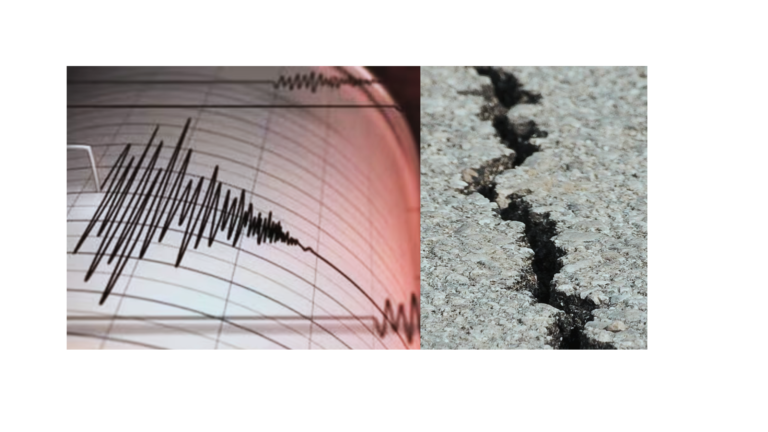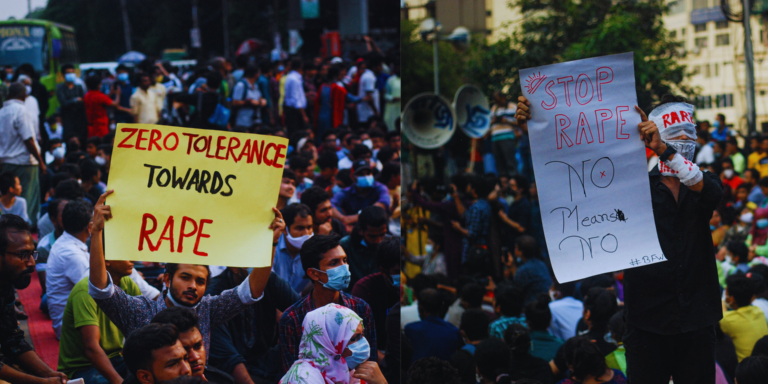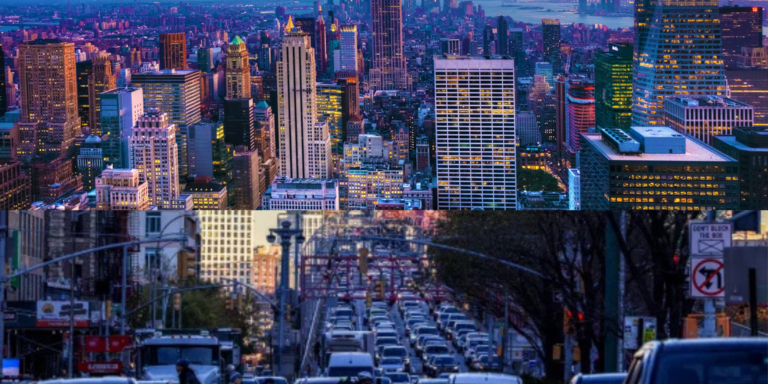
San Francisco residents awoke to a sense of urgency that only arises when a great calamity is imminent on a cold November morning. A huge earthquake off the coast of Alaska generated a tsunami, according to news sources. The city prepared for the impact as the clock ticked down and the evacuation orders came rolling in. The sole issue? The tsunami never showed up.
San Francisco was rocked by a tsunami warning.
It all began when a strong 9.0 magnitude earthquake occurred in Alaska. Although they are uncommon, these earthquakes have the power to cause tsunamis by sending shockwaves over the Pacific Ocean. Giant waves from this specific earthquake may have reached San Francisco and the whole U.S. West Coast.
Emergency agencies went into overdrive when the National Weather Service issued a tsunami warning for the area in a couple of minutes. Authorities advised people to evacuate inland and seek higher ground as a precaution, while those along the coast were asked to remain vigilant. The city hurried to get ready.
Streets are cleared, and evacuations are underway.
The emergency management team in San Francisco acted immediately after the alert was issued. Both locals and tourists fled to higher ground in coastal regions such as Fisherman’s Wharf, the Embarcadero, and portions of the Bay Area Peninsula. Uncertain of how long they had until the waves arrived, people fled to safer places, leaving the famous Golden Gate Bridge deserted.
The mood swiftly became tense, even among the city’s popular tourist attractions. To protect the safety of employees and guests, local stores and attractions were evacuated, and some even closed. Those who had experienced the recollections of previous earthquakes and tsunamis, on the other hand, were notably composed yet nevertheless ready to meet the unknown.
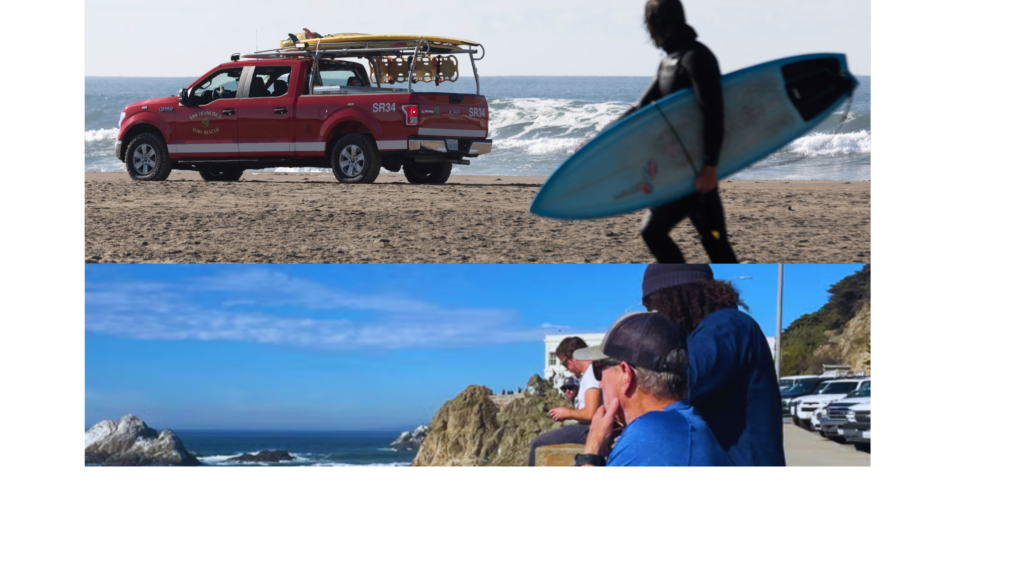
The Reason the Tsunami Didn’t Occur
Even with all the planning, there was no tsunami. The tsunami threat steadily decreased as the hours went by and more information became available. Models and preliminary calculations that suggested the earthquake’s magnitude and position were sufficient to generate a sizable water surge served as the basis for the first warnings. Further investigation, however, revealed that the waves would not be as damaging as initially thought, despite their potential for hazard.
After the expected tsunami waves arrived, which were significantly smaller than expected, the all-clear signal was given. Coastal areas were largely unaffected, and the damage was limited. As things calmed down, emergency personnel exhaled with relief.
Knowledge Acquired
Even though the tsunami never materialized, the way the threat was handled demonstrated how crucial readiness is. The emergency procedures and open lines of communication were crucial in keeping people safe in earthquake-prone San Francisco. Residents took the warnings seriously despite their apprehension, and the evacuations were well-organized.
A more general lesson is also brought home by this incident: even if natural disasters are frequently unpredictably occurring, being ready for the worst case situation might make all the difference. The incident served as a reminder to everyone that prompt action can save lives and avoid needless injury even when there is no real threat.
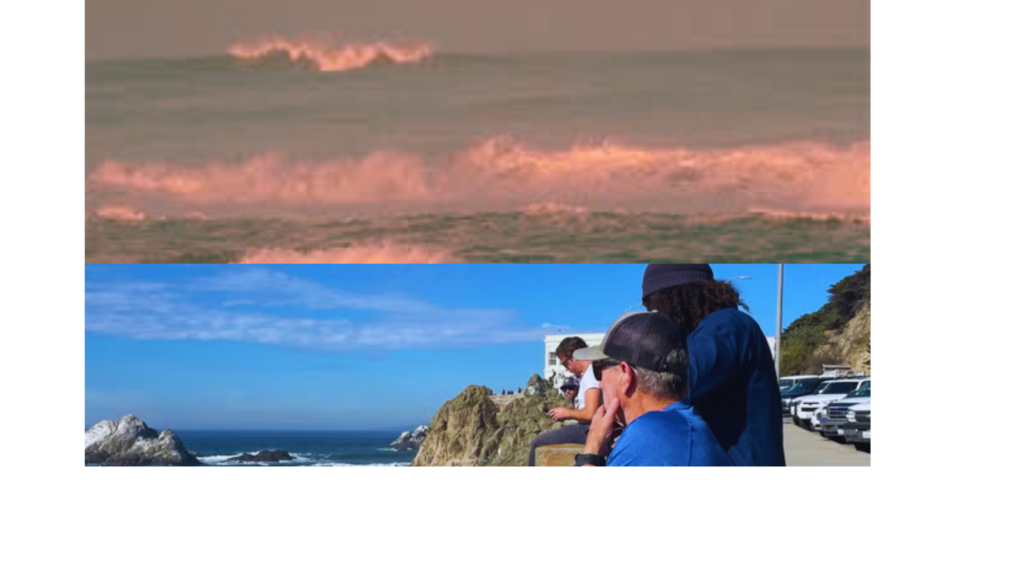
A Tense City, Yet Prepared for Anything
Although the San Francisco tsunami warning was ultimately a false alarm, it did provide an indication of the city’s emergency preparedness and resiliency. It demonstrated that even in situations where there is no threat, the community can come together to protect one another. Even if the waves may not have arrived this time, the city will remember the value of readiness and teamwork long after the tsunami danger is no longer in the news.
Residents of San Francisco were left with one important lesson as everything resumed as usual in the days that followed: even the most peaceful morning may become a hectic rush in this city, and it’s better to beeven if the storm never hits.

